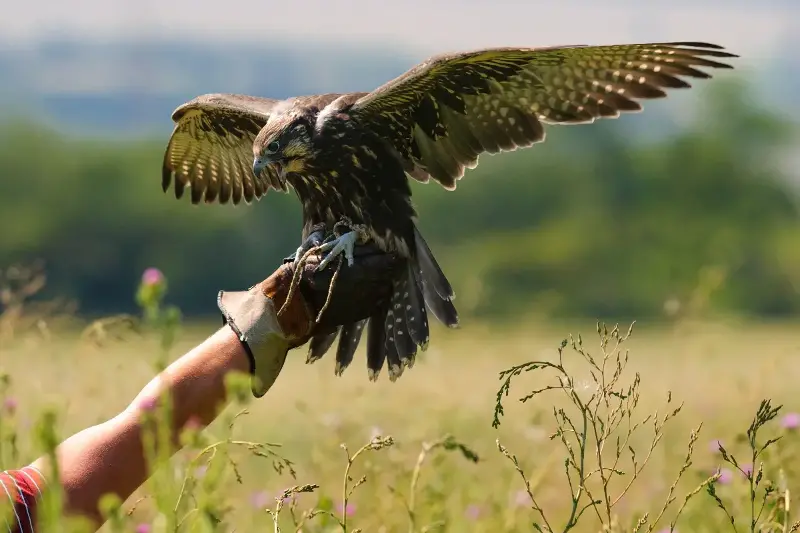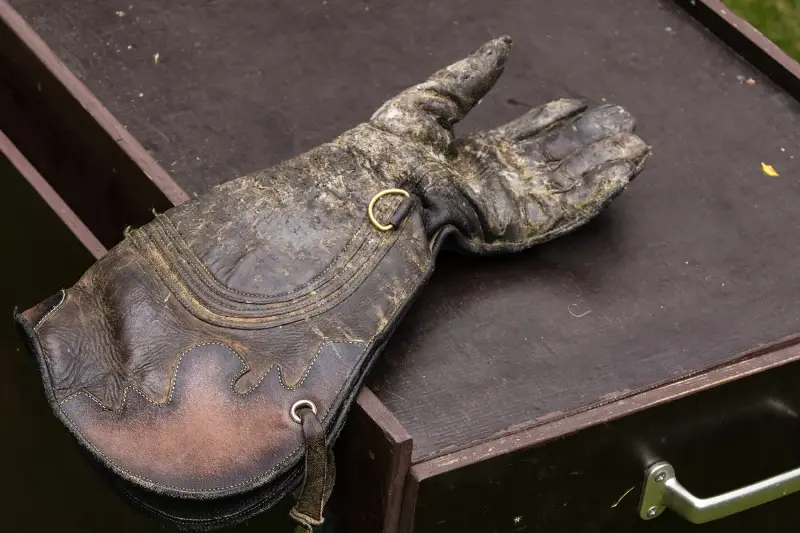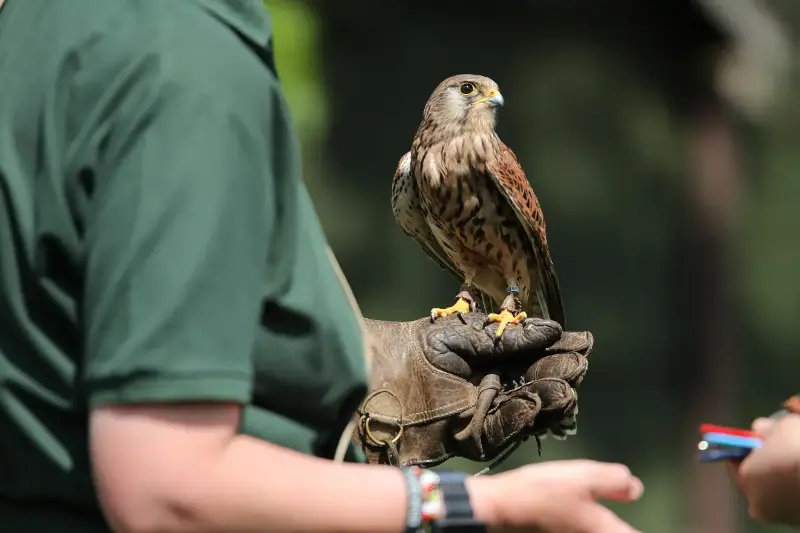The ancient bond between humans and raptors has captivated civilisations for thousands of years. At the very heart of this spellbinding partnership lies a small yet mighty piece of kit: the falconer’s glove. More than just a barrier, specialised gloves are a symbol of trust and an essential tool for safety, dexterity, and artistry within the world of falconry. Here’s how these remarkable gloves continue to shape one of the world’s most enduring traditions.

Guardians of the Handler: The Vital Importance of Falconry Gloves
Handling a bird of prey is no task for the faint-hearted. With talons capable of exerting immense pressure—sometimes exceeding 400 pounds per square inch—these magnificent birds command respect. Falcons, hawks, and eagles possess instincts and power that, without proper gear, could easily injure even the most experienced handler.
Falconry gloves serve as the primary line of defence for falconers, absorbing the crushing grip of powerful talons and shielding against accidental lacerations.
Unlike regular gloves, falconry gloves are typically crafted from ultra-thick leathers such as cowhide, elk, or deer, chosen for their durability yet also their subtle suppleness. Designs may feature additional padding across the palm and fingers, providing further protection where the bird perches.
Many gloves extend well past the wrist—sometimes reaching the elbow—to block sudden movements or attempts by birds to climb further up the handler’s arm. This careful design safeguards falconers, allowing them to concentrate on the delicate dance of trust at the heart of the sport.
Tools of Trust: How Gloves Connect Falconer and Falcon
The glove is not simply armour—it is a bridge of trust between human and raptor. Birds quickly learn to recognise the glove as a safe landing spot and feeding station. Over time, the very sight of the glove becomes a cue for calmness and cooperation during training, feeding, and performances.
For many falconers, personalising their glove becomes part of their unique relationship with their bird. Some add stitched motifs or small bells, while others choose hues inspired by the natural world. These flourishes serve practical purposes too, helping handlers quickly identify their kit during bustling falconry events.
Metal D-rings or reinforced eyelets affixed to the glove allow for the secure attachment of jesses (leather straps) and swivels, anchoring the bird during rest or transport. As such, the glove is both sanctuary and safe tether, enhancing both the welfare of the raptor and the safety of the human.

A Reflection of Tradition: Gloves Through the Ages
Falconry gloves trace their heritage back centuries. Archaeological finds and historical texts from the Middle East, Europe, and Asia offer glimpses of exquisitely decorated gauntlets once worn by nobility and medieval hunters. These gloves were often status symbols, encrusted with embroidery, jewels, and precious metals.
In modern times, the artistry continues. While today’s gloves prioritise tactile efficiency, many craftspeople honour tradition by incorporating classical patterns or family crests into their work.
- Some fascinating historical facts about falconry gloves:
- Medieval gloves were so prized that they were often passed down through generations as heirlooms
- In ancient Persia and Mongolia, gloves sometimes featured silk lining and were scented with rare oils to please both bird and handler
- Famous hunting portraits often depict their wearers with an elaborately tooled glove, signifying both wealth and expertise
Function Meets Innovation: The Evolution of the Falconer’s Glove
While legends and tradition thread through the story of falconry gloves, today’s artisans and handlers are not afraid to innovate. Advances in tanning processes have led to ultra-lightweight yet dense leathers, while some gloves now incorporate antimicrobial liners for improved hygiene.
Falconers select their gloves with care, considering factors such as:
- The species of bird (larger birds demand thicker, sturdier gloves)
- The type of work (training, hunting, or public demonstration)
- Climatic conditions (some gloves are lined with fur or fleece for winter use)
- Individual preferences for fit, weight, and manoeuvrability
Ultimately, the perfect glove balances resilience with sensitivity, allowing the handler to feel the subtle shift of talons and respond to the bird’s unspoken signals.

Falconry remains a marvel of mutual respect between human and raptor—a breathtaking demonstration of patience, skill, and communication. Next time you watch a falcon soar from a gloved hand, consider the centuries of craftsmanship, ingenuity, and subtle connection stitched into that humble piece of leather. What other ancient arts might still harbour secrets in their tools—waiting patiently for curious minds to discover them?
